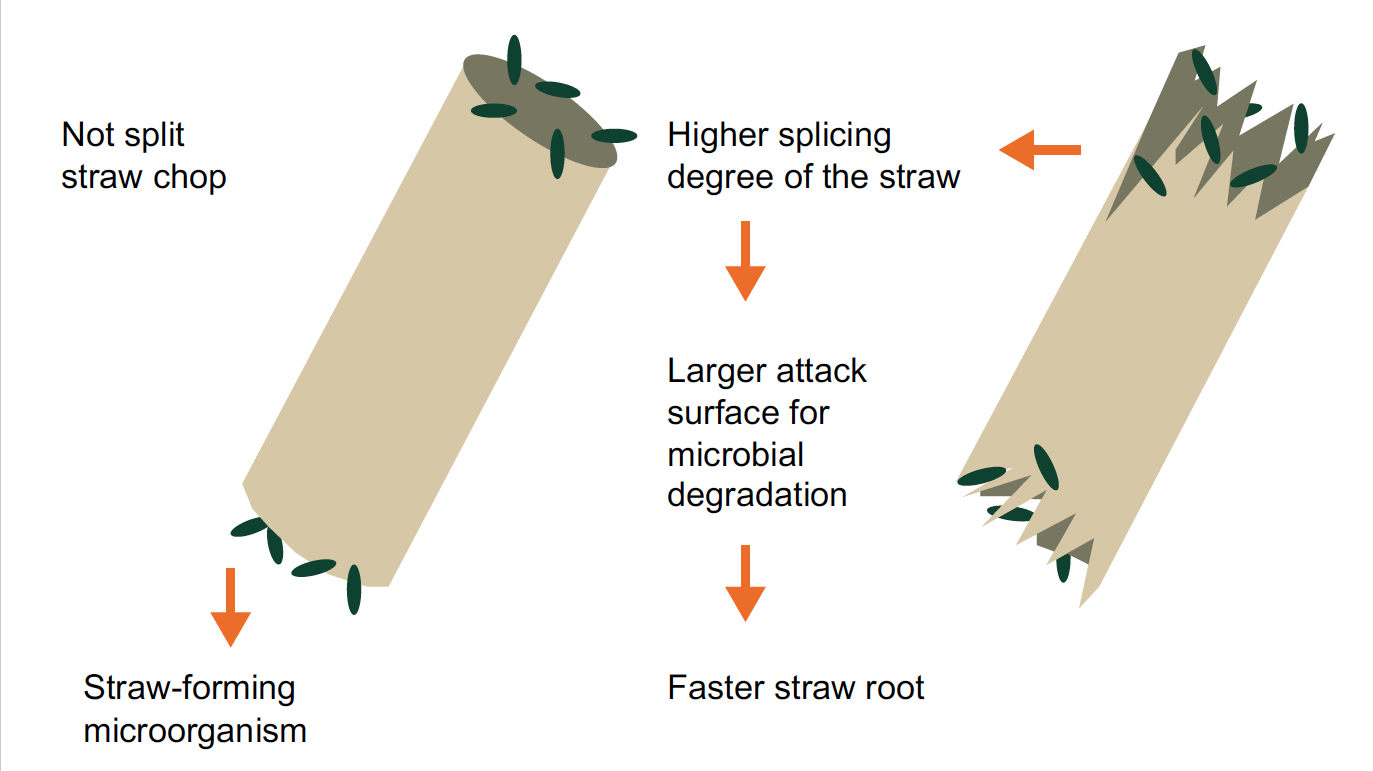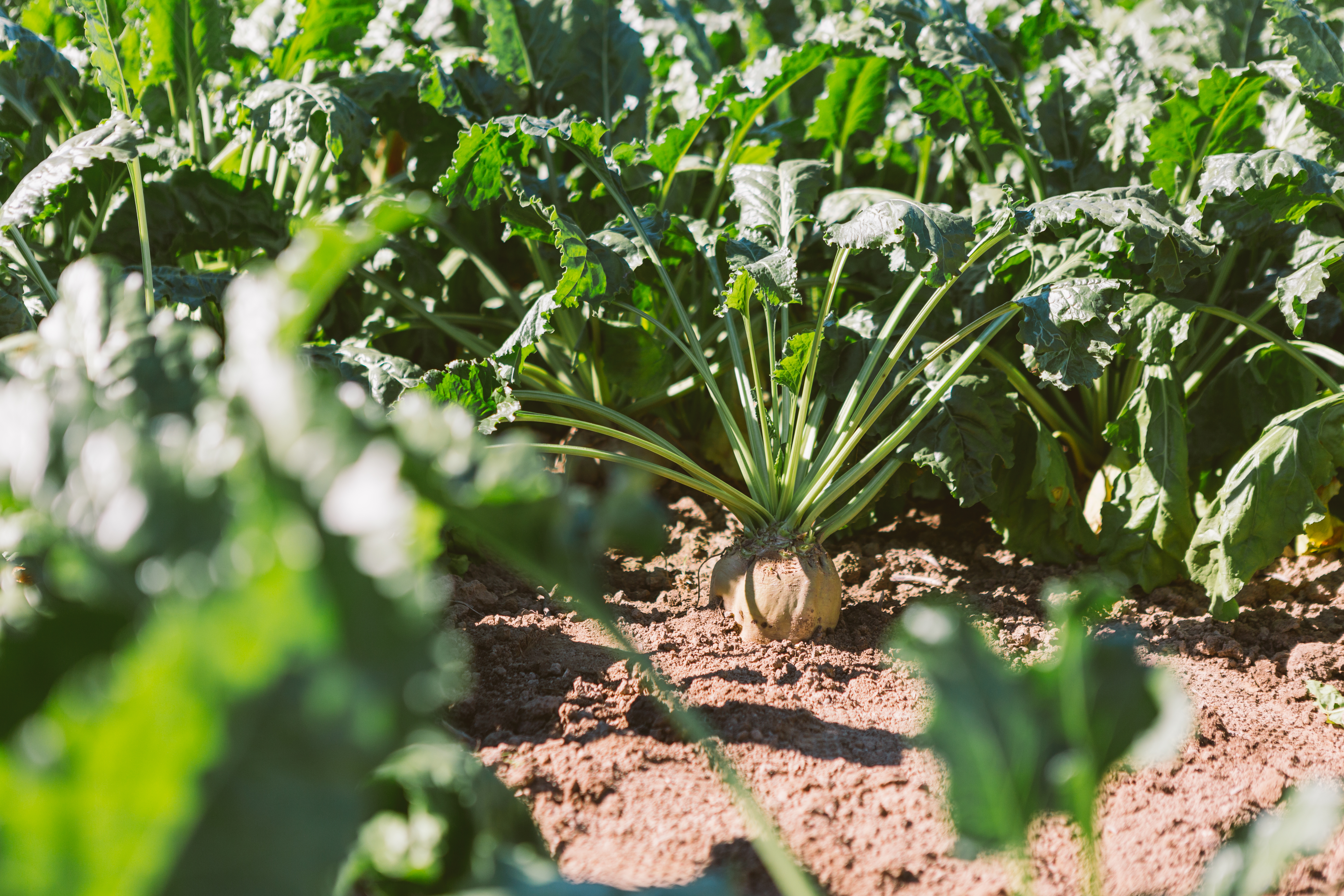Information about soil cultivation
With the tillage you lay the foundation for a successful harvest. Particularly with regard to the Fertiliser Ordinance and the elimination of pesticides, tillage is gaining in importance again. Here, tillage is divided into stubble cultivation, basic soil cultivation and seedbed preparation.
Stubble cultivation is intended to stimulate seed and weeds to germinate, break the capillarity and distribute the crop residues evenly. Basic soil cultivation loosens the soil to allow undisturbed root growth of the subsequent crop. The seedbed preparation ensures levelling and reconsolidation.
Sources of error in soil cultivation
What do optimal soil characters look like?
Optimal soil should be
- relaxed
- compression free
- crumbly
- reconsolidated
Consequences of faulty tillage
Incorrect use of technical measures may lead to soil compaction. In medium and heavy soils, compaction occurs mainly in the area of the plough sole, in light soils, especially in the subsoil.
Consequences of compactions are:
- Soaking and erosion
- Oxygen deficiency in the soil
- Reduction of the activity of microorganisms
- Disruption of mineralisation
- Limitation of rooting
- Interruption of capillary rise of groundwater
This in turn leads to:
- Nutrient deficiency
- Pitchering and leaf discolouration
- Significant shortfalls
Countermeasures:
- Deep loosening
- Soil-friendly tyres
- Increase of the humus content by catch crops, organic fertilisation and adjustment of the correct pH-value
- Avoidance of tillage under wet conditions
Stubble cultivation after the grain harvest – 10 facts that you should consider
In order to achieve optimal stubble cultivation after grain harvest, you should note the following points:
- Absolutely avoid lodged grain
- Sharp chopping blades and counter-cutting to produce short chopped up shredded material
- Optimisation of straw baffles in crosswind and hillside
- Shallow tillage (2-3 cm) directly after harvest to:
- Distribute straw and weed seeds as evenly as possible
- Encourage cereal crops to germinate (bottom closure but not "buried")
- Destruction of water-bearing capillaries in the soil to prevent unproductive evaporation.
- Oblique stubble cultivation to achieve a uniform depth and improve the distribution of staves. On large fields, 45° to the drill direction
- About 7 to 10 days after harvest, another shallow cultivation (5-10 cm) should be done
- Accumulated seeds are to be controlled and crop residues mixed into the soil
- The drier the soil, the deeper it should be worked to ensure sufficient moisture for germination and rotting
- The wetter the soil, the shallower it should be worked to avoid structural damage
You might also be interested in…
Find your consultant
Do you want to know which products fit your regional conditions best? Do you have any trouble with pests or diseases? We will gladly answer any questions you might have to achieve best yields and results.



